The content of the article
The chickenpox is not afraid of the children's body. Yes, the child's temperature rises, and small bubbles burst and constantly itch, but nothing threatens his life. You need not to worry and wait until the immune system copes with the infection and develop antibodies that will prevent re-infection with chickenpox. How to help a small patient? Remove itching so that the child does not comb sores, and support the body with vitamins.
Where to begin
In children under 6–8 years of age, the disease passes quickly and rarely causes complications. Chicken pox is dangerous for teens and parents. Adult family members who do not have specific immunity to infection are isolated from the small patient.
The child is laid in bed and made sure that he lies and rests. The first 2-3 days are the most difficult, because the body is just starting to fight the infection. You can not overload the body with active games or a computer. Not all children complain of weakness and headaches, some look peppy, but even energetic babies are shown bed rest.
When the first symptoms of chickenpox appear, like a rash and fever, they call a pediatrician at home. The doctor examines the child, makes a diagnosis and recommends drugs that should soothe the itching. You can not go to the hospital with a sick baby, because he is a source of infection, which is transmitted by airborne droplets.
Chickenpox passes in 5–9 days. Only small spots remain on the skin, which quickly disappear. 2 weeks after the first rashes, the child is allowed to go to kindergarten or school, if there are no complications.
Special notes
Instead of brilliant green use the solution "Fukortsina". Pink antiseptic dries out rashes and reduces itching. After it, as well as after brilliant green, bright spots remain.
How to relieve suffering
Does the child constantly touch and tear apart dried sores? It is necessary to calm the itch. Although water procedures are contraindicated, but if the rashes are very itchy, the child is advised to bathe in an oatmeal bath:
- Grind two cups of cereal or cereal in a coffee grinder.
- Pour the resulting powder with 2 liters of boiling water. Insist 20 minutes.
- Pour the swollen oatmeal into a cloth bag, tie it tightly.
- Dip the workpiece in a basin or bath with warm water.
- Wait until the liquid turns white. Take out the bag.
- Bathing a child for 5-10 minutes without soap and washcloth.
After the procedure, wrap the patient with a towel until completely dry, then treat the sores with an antiseptic.
Ginger powder is added to the bathtub. It has antibacterial properties and relieves irritation. You can prepare a decoction for swimming from fresh ginger root, which is simmered for 3-6 minutes on low heat and filtered, and then poured into a bowl.
With severe itching, a child is recommended to give antihistamines. Ksizala, Suprastin or Diazolin will do. The medicine and dosage are selected by the pediatrician.
Chicken pox drugs
Blisters and dried ulcers are lubricated with transparent antiseptics:
- Methylene blue;
- Calamine
- Cycloferon;
- Casteliani.
Preparations for external use contain components that relieve irritation and accelerate healing of ulcers. It is treated with rashes and zinc ointment. It has antibacterial properties, softens the skin of the child and removes inflammation. Also recommended is the Fenistil gel and the Irikar homeopathic ointment, which is allowed even for infants older than 1 year.
Antihistamines are sometimes combined with immunomodulators, but such drugs are prescribed if a child may experience complications. In other cases, the body must cope with the infection on its own. Immunomodulators are selected by a pediatrician.
Young patients are advised to give ascorbic acid. Vitamin C strengthens the immune system and supports the body, weakened by chickenpox. Antibiotics are contraindicated. Antiviral agents like Zovirax, Novirin and Graprinazin are prescribed for complications and severe forms of the disease.
Children who cannot fall asleep due to severe itching are given a weak infusion of motherwort or valerian, tea made from chamomile or hops.
What to do at temperature
In a child who has contracted smallpox, the temperature rises to 38–39 degrees. The heat lasts 2-3 days, and then subsides. This is normal. Temperature indicates that immunity destroys the virus. It is recommended to reduce heat if the thermometer shows more than 38.8–39.5.
Children under 14 years of age are contraindicated in aspirin and drugs containing this component. The drug adversely affects the work of the liver and heart, increasing the risk of Reye's syndrome. The heat is brought down by "Ibuprofen" or "Nurofen."
Hygiene procedures
Doctors say that you can’t wet the sores, but it’s hard for a child who sweats not to bathe for a week or 10 days. Dirt that accumulates on the surface of the skin enhances itching and can get into the wound, causing suppuration.
In the early days of a small patient, rinse in the shower. It is forbidden to take a bath, because the blisters can burst at any moment, and their contents will be in the water. From there, the infection will fall on the mucous membranes of the mouth and genitals, the child will feel worse.
When all the bubbles turn into crusty wounds, you can prepare a bath with oatmeal or calendula broth, add a little tincture of propolis or 2 drops of tea tree oil, which has antibacterial and antifungal properties.
Bathe the patient from 5 to 10 minutes. Do not use a washcloth, because its rough surface can damage the protective crust with which the ulcers are covered. Soap or shower gel should be free of fragrances or with a faint smell.
After bathing, the child is wrapped in a large towel, but not wiped, but gently press the fabric to the skin. After complete drying, put on loose cotton pajamas. Another natural material will do, but synthetics are advised to refrain. Overly-fitting sweaters and pants, as well as tight underwear, are contraindicated, because such clothing rubs the skin and causes irritation.
It is advised to choose pajamas with long sleeves and trousers so that they cover arms and legs, and the child could not get to the rashes and comb them.
Wash, as usual, if the face is not too many rashes. In the early days, you can prepare for bathing a child a weak solution of potassium permanganate, which disinfects and dries. Water the small patient from a mug or bucket, do not rinse with plain water.
Tip: If one of the adults or older children did not have chickenpox, the baby is bathed in a separate basin.The infection remains on the walls of the bathtub even after cleaning and is transmitted to other family members.
Fresh air and clean sheets
In the room where the sick child lies, windows are regularly opened. Fresh air destroys the infection that has accumulated in the room and helps the immune system fight chickenpox. Pediatricians advise taking a sick baby for a walk, if not too cold, or at least breathing oxygen at an open window.
Sheets that come in contact with the skin of a young patient are changed after 2-3 days. Pajamas are washed daily. Towels, underwear and clothes are boiled and ironed, so that a hot iron will destroy the infection.
It is advisable not to give the child soft toys and remove things from the room in which a lot of dust accumulates. The patient must be protected from drafts and cold, because it is difficult for a weakened body to fight chickenpox and a cold at the same time.
Special menu
Heavy food is contraindicated for a small patient. It is difficult for an overloaded body to digest fried and fatty foods. The diet of a child with chickenpox includes:
- soups on weak meat or fish broths;
- dairy products;
- fresh and baked fruits;
- stewed and steamed vegetables;
- cereals;
- sea fish and diet meat.
If a child has ulcers in his mouth, citrus fruits and spicy spices are excluded from the diet, which irritate the mucous membranes and slow down the healing of wounds. Food is recommended to grind to a homogeneous consistency.
The patient should drink a lot. A dehydrated body is not so actively fighting the infection, so recovery is delayed. A warm liquid enhances sweating, due to which the temperature normalizes, and the body is cleansed of toxins.
What to give to the child? Fruit and berry fruit drinks, juices, fruit drinks, jelly. They have many vitamins necessary to strengthen immunity. Useful plain water, herbal teas.
Tip: To speed up recovery, the child is given a mixture of lemon juice and linden honey three times a day.
How to treat stomatitis
In some children, sores also appear on the mucous membranes of the mouth, and not just the back and arms. They hurt and prevent swallowing. The antiseptic solution "Miramistin" or "Chlorhexidine", which rinse the mouth, can remove the discomfort. Then the wounds are treated with Acyclovir.
Rashes on the genitals are washed with antiseptic solutions, and then a zinc ointment or a soothing gel is applied to the sores and blisters.
Scar prophylaxis
The spots remaining after the fallen crusts are lubricated with a solution of unrefined sunflower oil and liquid vitamin E, which promotes skin renewal and quick healing. Special gels and other pharmacy remedies for scars are contraindicated, they can only worsen the situation.
After illness
Toothbrushes, washcloths and other hygiene items used by the child during chickenpox are thrown away after recovery. Bed linen and towels are boiled, soaked in disinfectant solutions along with clothing. This is necessary to completely destroy the infection and protect family members from infection.
Chicken pox is one of the most common diseases that more than one hundred thousand parents face each year. Infection can cause complications like meningitis or Reye's syndrome. In order for the child to normally tolerate chickenpox and quickly recover, you need to take care of the small patient and follow all the recommendations of the pediatrician.
Video: treatment of chickenpox in children

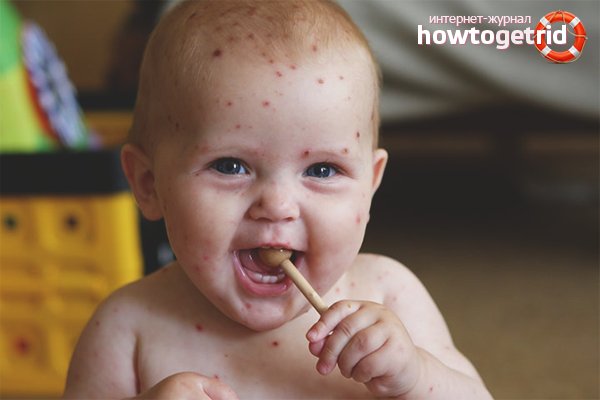
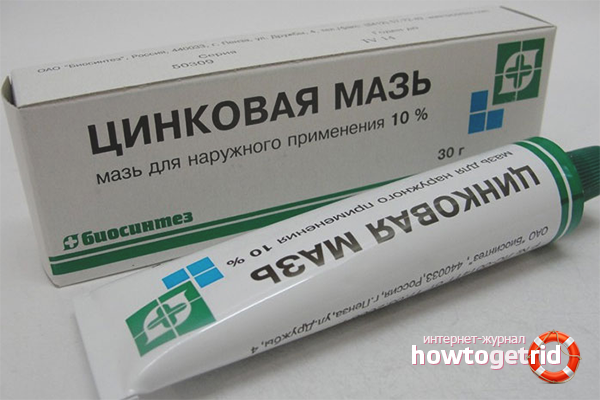
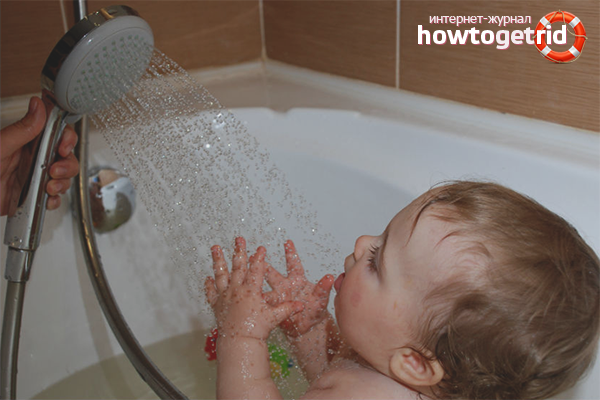
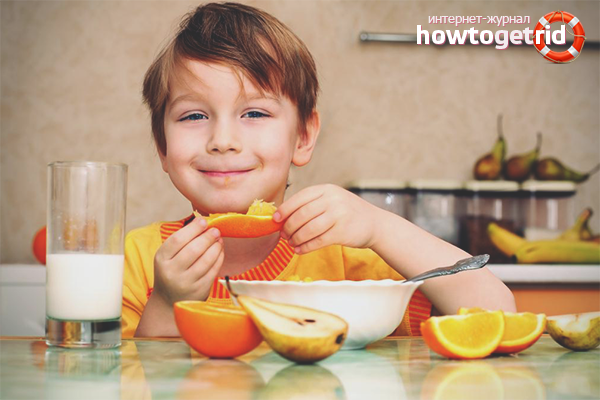

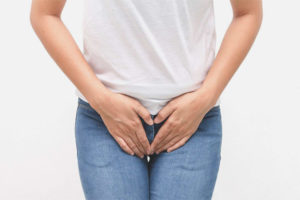
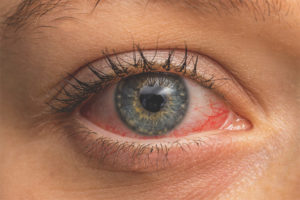

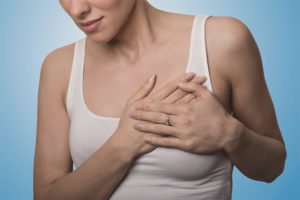
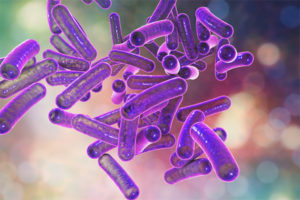
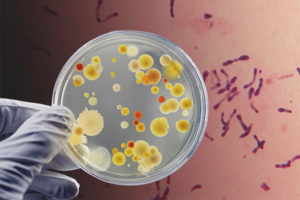

Submit